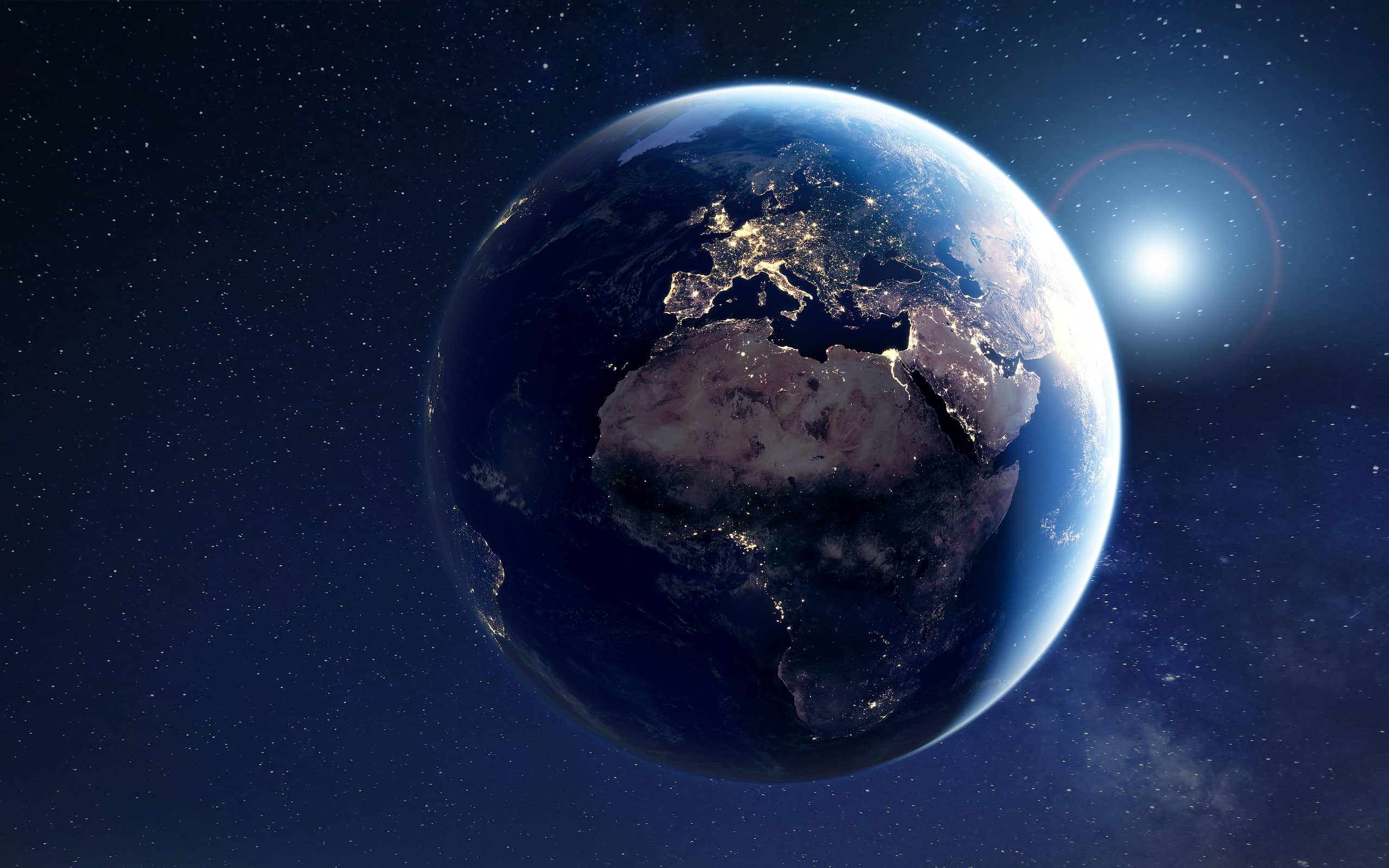After 70 years of being the world’s most populous country, China stepped down in November 2023 to take the number two spot behind India. In 1955, there were 2.8 billion people on Earth. Today, India and China alone are home to 2.8 billion people. A year before India broke China’s longstanding population record, the world reached another milestone. On November 15, 2022, the planet’s population reached 8 billion people from around 2.5 billion in 1950.
Since 1998, world population has increased by 2 billion persons. The amount of humans living on Earth today is three times larger than it was in the mid-twentieth century. After peaking in the late 1960s when it was around 2 percent, annual population growth rate has slowed to around 0.88 percent in 2023.
The world’s population, however, is expected to increase by nearly 2 billion in the next 30 years, according to the United Nations (UN). In 2050, UN projections expect 9.7 billion humans to live on the planet. As China and India’s populations demonstrate, those 9.7 billion people will not be equally distributed across the world. What countries, then, will bear the greatest portion of the world’s population in 50 years? Let’s take a look at the world’s largest countries today and in 50 years.
See what the 10 largest states are today and in 50 years.
#1 India – 2024 Population: 1,428,628,000
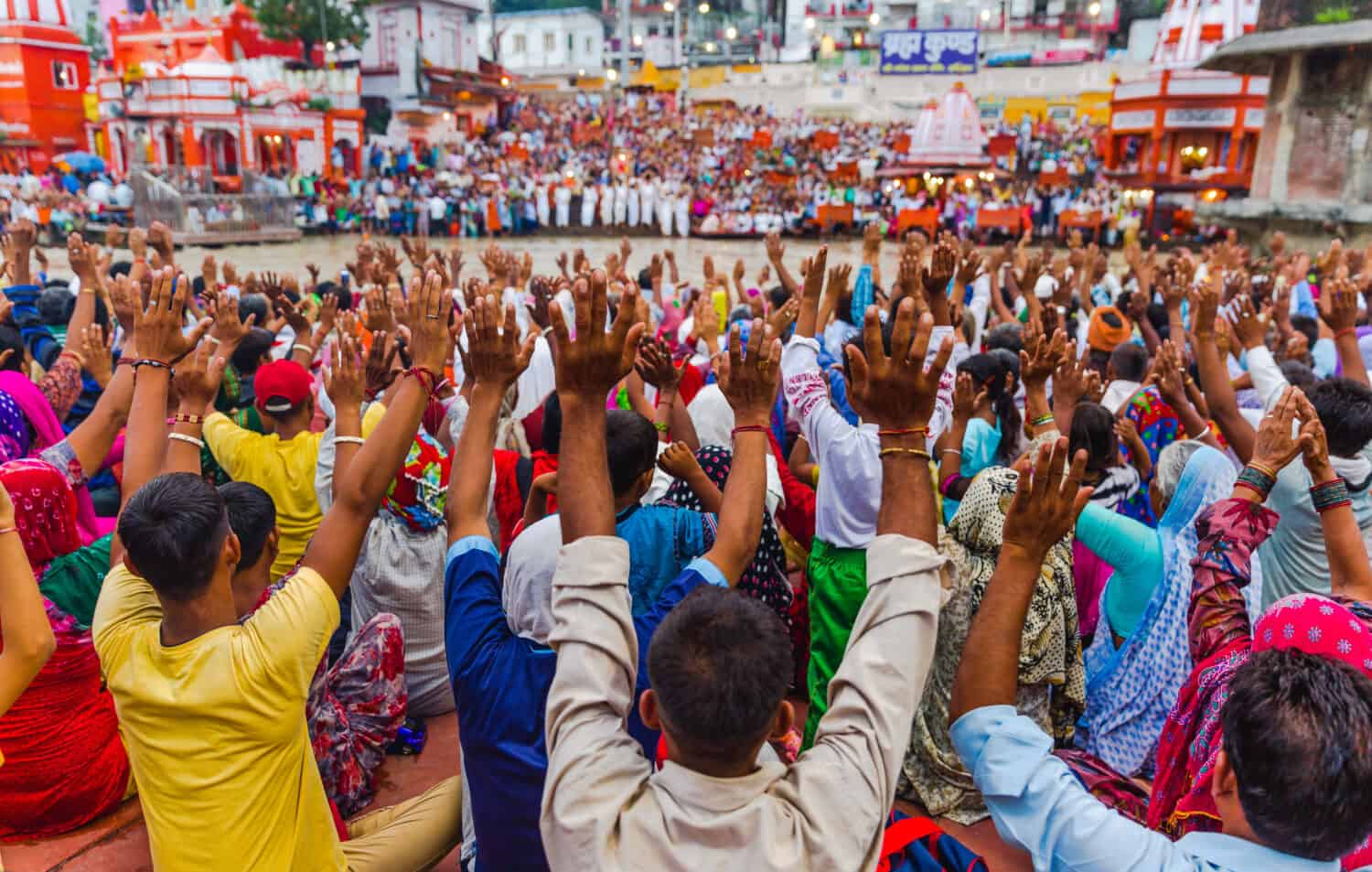
India overtook China in November 2023 as the world’s most populous country.
©Vivek BR/Shutterstock.com
On April 24, 2023, the UN announced that by the end of that month, India‘s population would match and then quickly exceed China’s long-held status as the world’s most populous country. With a current population of more than 1.429 billion, about a sixth of all humans on the planet call this South Asian country home.
From a fertility rate of close to six in 1950, a woman in India is expected to have only two children today. This means that the country’s fertility rate has reached replacement levels, where the two children a couple has replaces them without adding growth.
India is the largest country in South Asia and the seventh-largest country in the world by area. Because of the vastness of the country and variety of cultures, there are 22 nationally recognized languages in India. There is no one national language. India is also home to the world’s oldest language, Hindi.
#2 China – 2024 Population: 1,425,671,000

China held the top ranking for most populous country for 50 years until 2023.
©sevenke/Shutterstock.com
Since the United Nations began keeping records of national populations in the 1950s, China boasted the largest population of any country in the world until April 2023. After 70 years, and decades of strict policies aimed at curbing fertility rates, China is now the second-largest country by population size.
“For years China’s ruling Communist Party implemented a series of policies intended to slow the growth of the world’s most populous nation, including limiting the number of children couples could have to one,” reports the New York Times. “The long-term effects of those policies mean the country will soon enter an era of ‘negative growth,’ or a contraction in the size of the total population.”
China’s birth rate is now at 1.2 births per woman, well below the replacement rate of 2.1, according to the World Bank. China’s population is projected to decrease by 48 million, or around 2.7 percent, between 2019 and 2050.
Check out this live population meter of the top 20 countries by population!
#3 United States – 2024 Population: 339,997,000

Times Square in New York City is notoriously crowded. New York City has a 2023 population of 7.9 million people.
©Beck Hobson/iStock via Getty Images
Although the United States is the world’s third most populous nation, it has significantly less people than China. The second most populous country, China, has 4.35 times more people than the United States. Its population of 340 million, however, still puts the North American nation in the top five world’s largest countries.
In 2021, the U.S. fertility rate was at about 1.7 children per woman. The birth rate has been below replacement level in the United States since around 1971. In fact, the birth rate has been falling since it hit a peak of 3.7 births per woman in the late 1950s, according to Centers for Disease Control (CDC) data.
Despite low birth rates, the United States props up its population numbers by welcoming more immigrants than any other country in the world. More than 45 million people out of a population of 340 million, 13.6 percent, are immigrants. Census estimates show that the bulk of 2022’s increase in population growth (about 86 percent) was due to a rise in immigration.
#4 Indonesia – 2024 Population 277,534,000

Indonesia’s capital city of Jakarta has a population of 10.56 million people.
©CatwalkPhotos/Shutterstock.com
Indonesia is the first country on our list of five of the world’s largest countries today with a fertility rate above replacement level. According to the World Bank, women in this South Asian country can expect to have about 2.2 children during their lifetime. As the fourth most populous nation in the world, Indonesia is also has the distinction of being the most populous Muslim country on the planet.
Consisting of more than 17,000 islands, the island of Java is the world’s most populous island. More than half of Indonesia’s population calls Java home. It is considered one of the most densely populated places on Earth.
According to the Central Intelligence Agency (CIA) World Fact Book, 68.1 percent of Indonesia’s population is between the ages of 15-64 years old. The country has a negative net migration rate of -0.7, meaning more people are emigrating than immigrating. Indonesia’s population is equal to about 3.45 percent of the world’s total population.
#5 Pakistan – 2024 Population: 240,486,000
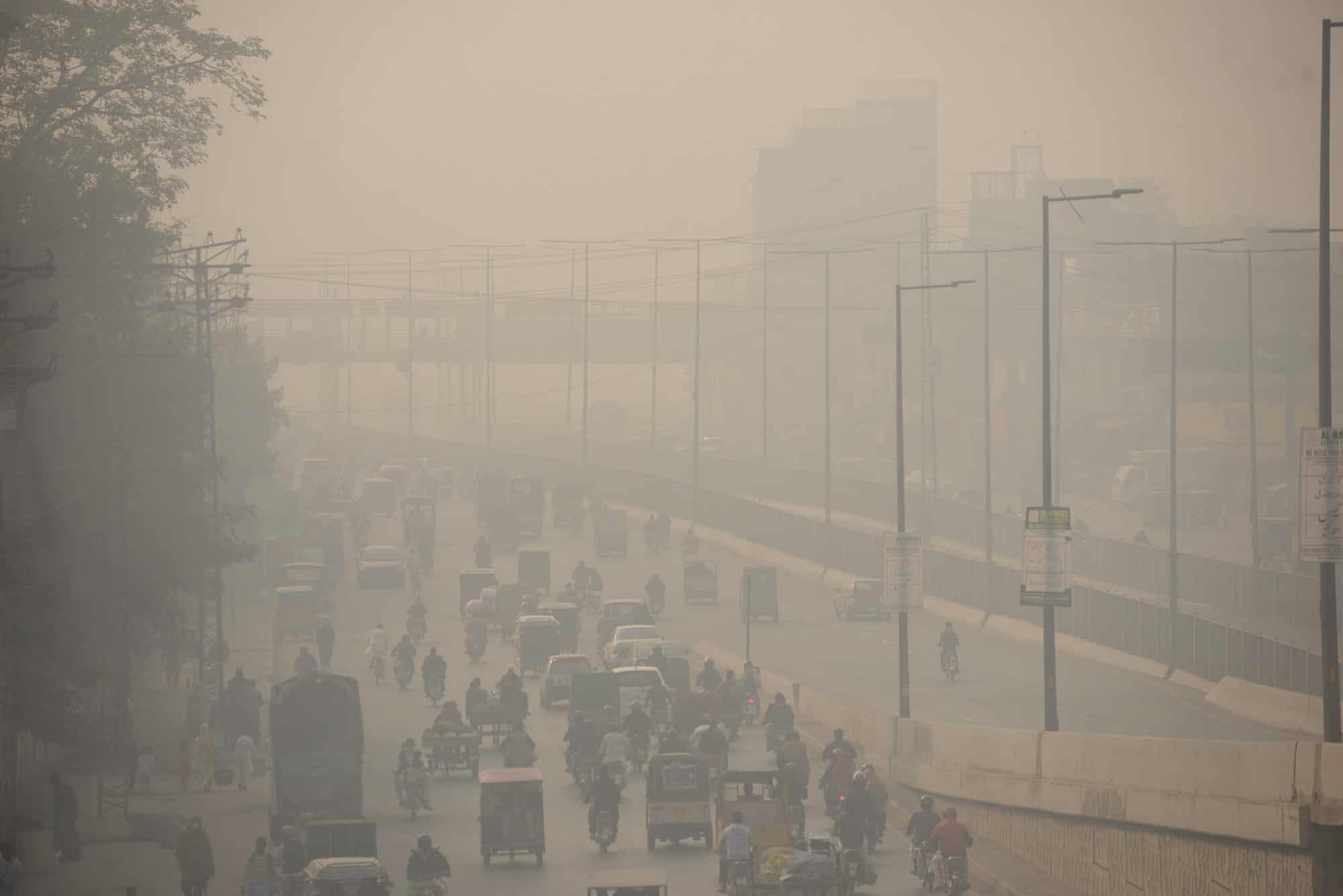
Lahore, with a population of more than 13 million people, is the second largest city in Pakistan.
©Murtaza.Ali/Shutterstock.com
Pakistan shares a border with India, the world’s most populous country. Once comprising one vast country, British India, Pakistan became an independent nation after partition in 1947 ended 300 years of colonial rule. This South Asian nation is the second most populous Muslim country after Indonesia.
Pakistan’s population has been experiencing exponential growth over the past few decades due, in part, to its high birth rate of 3.4 children per woman. Other factors contributing to this increase include limited access to family planning services, cultural norms, and religious beliefs. The UN predicts Pakistan’s population will reach 403 million by 2059 if the current growth rate continues unchecked.
“Pakistan’s rapid population growth has led to various challenges, including increased pressure on resources, inadequate healthcare facilities, and a strain on educational institutions ― overcrowded classrooms and insufficient resources hinder the delivery of quality education,” reports the Tribune. “The demand for food, water, housing, and energy has surged, leading to resource scarcity and environmental degradation.”
Summary Table of the Current 5 Largest Countries
| Rank | Country | Current Population | Projected Population 2050 |
|---|---|---|---|
| #1 | India | 1,428,628,000 | 1,670,491,000 |
| #2 | China | 1,425,671,000 | 1,312,636,000 |
| #3 | United States | 339,997,000 | 375,392,000 |
| #4 | Indonesia | 277,534,000 | 317,225,000 |
| #5 | Pakistan | 240,486,000 | 367,808,000 |
#1 India – 2050 Population: 1,670,491,000

One of the Modern Seven Modern Wonders of the World, the Taj Mahal in India gets up to eight million visitors annually.
©YURY TARANIK/Shutterstock.com
In 2050, India will remain the most populous country in the world. The United Nations World Population Prospects 2022 report projects that India’s population will reach 1.7 billion people in 2050. India’s growth will continue until 2063 when it reaches a peak of around 1.8 billion. From 2064 on, this South Asian nation’s population will reverse course and begin to drop. By 2100, India’s population is expected to be around 1.5 billion.
#2 China – 2050 Population: 1,312,636,000

The Swan Lake financial business district is in Hefei city, Anhui province, China, which is one place in the country where population is growing at an increase of 2.67 percent to 4.6 million people in 2023.
©Nataliya Hora/Shutterstock.com
China will hold its spot in second place in 2050, although its population will have dropped to 1.3 billion. Continuing this downward trend, by the end of the 21st century, China’s projected population will be 767 million. To counter this spiral, “and mitigate socioeconomic challenges, China has released a set of measures to encourage childbirth and support childcare and eldercare,” according to China Briefing.
#3 Nigeria – 2050 Population: 377,460,000
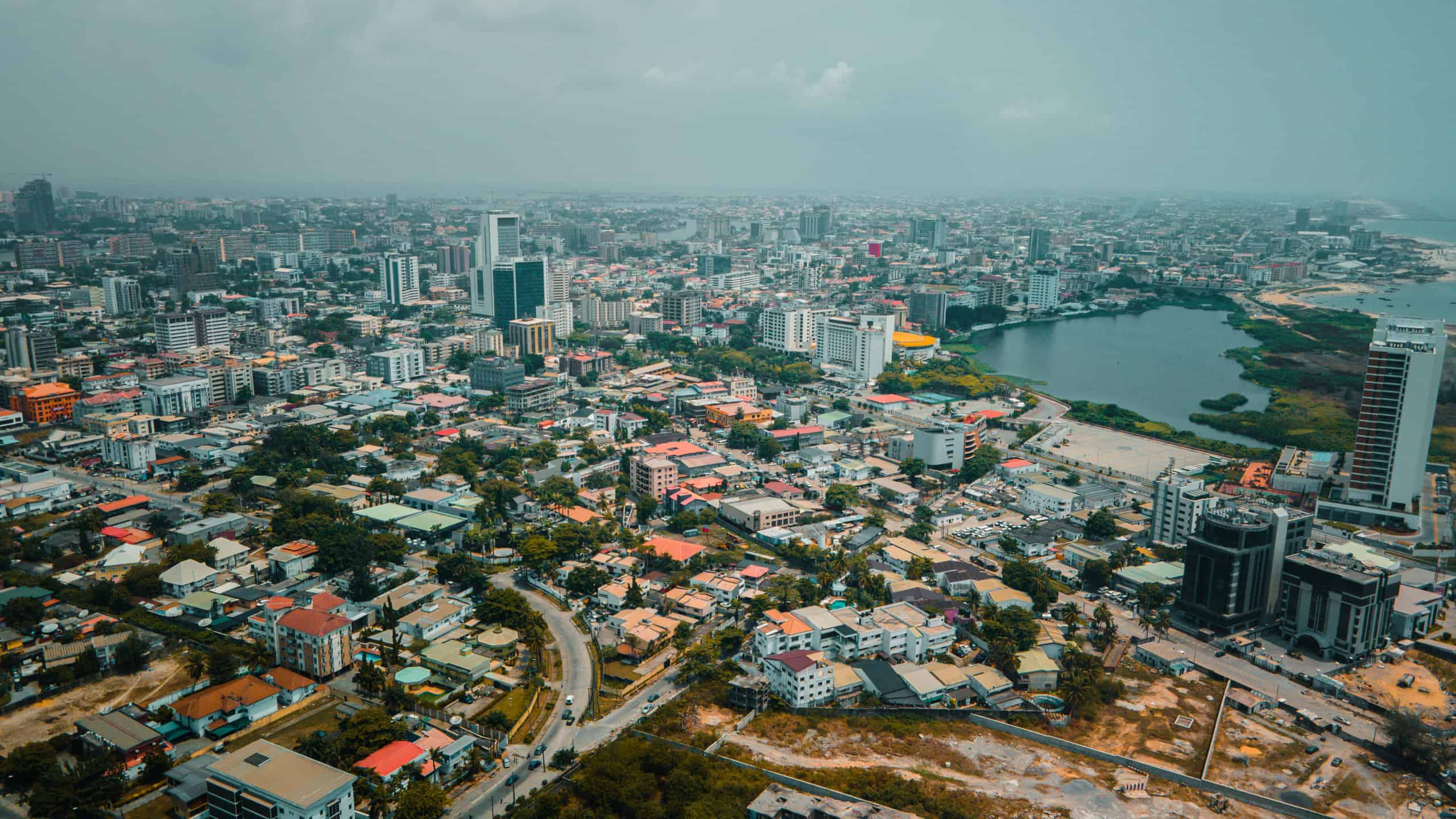
Nigeria has the highest population in all of
Africa
.
©iStock.com/Kehinde Temitope Odutayo
Nigeria is an example of the spike in population numbers centered in sub-Saharan Africa. “Countries with the highest fertility levels tend to be those with the lowest income per capita,” the UN reports. “Global population growth has therefore over time become increasingly concentrated among the world’s poorest countries, most of which are in sub-Saharan Africa.”
With a fertility rate of 5.31 births per woman, Nigeria has the highest growth rate of any other country on our list. Coming up from sixth place today with a population of 224 million, the UN projects Nigeria’s population will be 377 million by 2050. This trend is expected to continue into the turn of the century when Nigeria’s population is projected to explode to 546 million people in 2100.
#4 United States – 2050 Population: 375,392,000

Los Angeles, located on the West Coast of the United States, has a population of 3.8 million.
©Chones/Shutterstock.com
Pushed out of third place and into fourth by Nigeria’s rapidly rising population, the United States will have a population of 375 million in 2050. Despite low birth rates, the country’s population will continue rising to 394 million in 2100 thanks to immigration.
#5 Pakistan – 2050 Population: 367,808,000
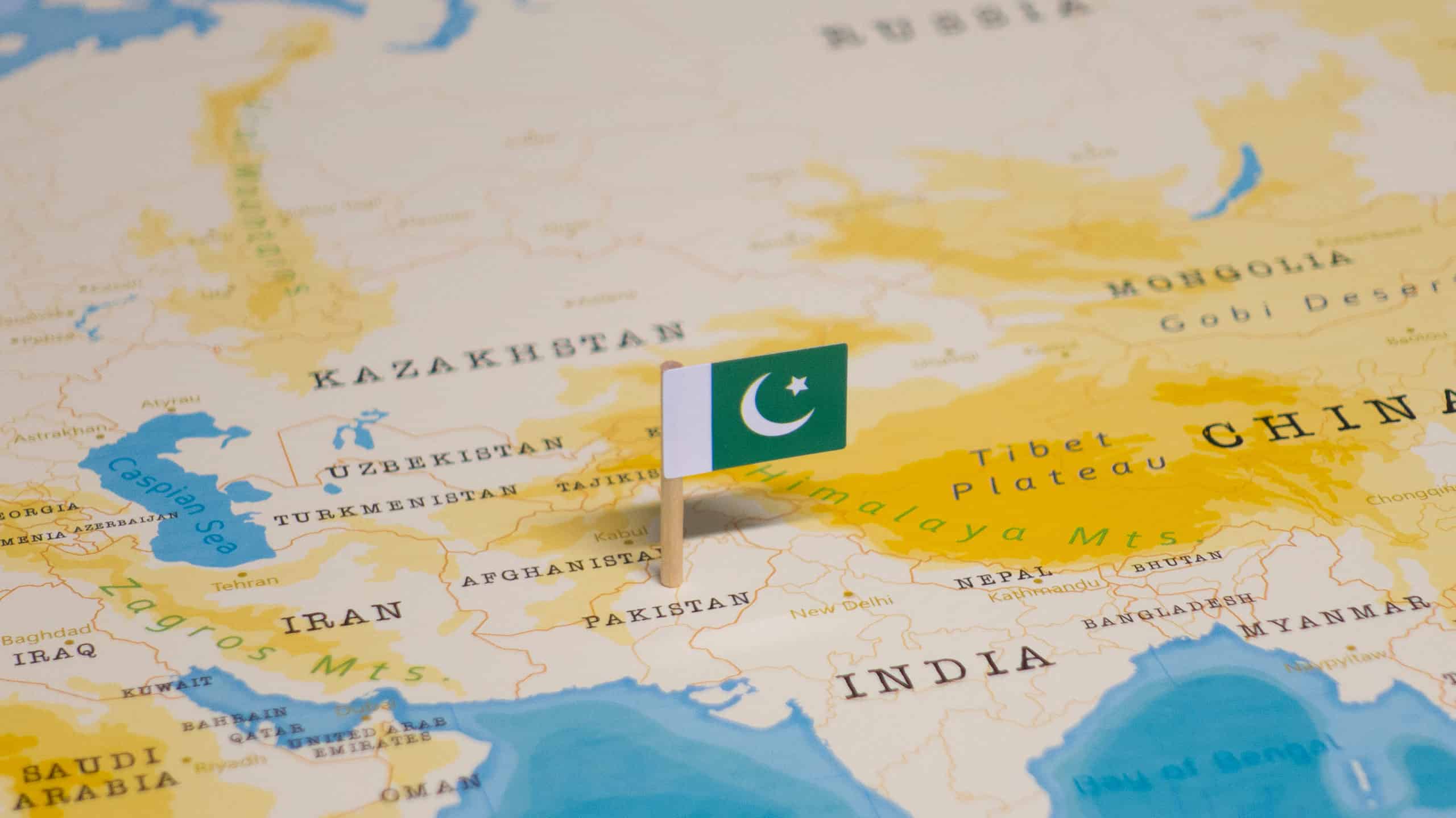
Pakistan borders the world’s most populous country of India.
©hyotographics/Shutterstock.com
Despite dropping to fifth place in 2050, Pakistan’s population will continue rising from 368 million in 2050 through the century. With a projected population of 487 million in 2100, this South Asian nation will eventually overtake the population of the United States.
Summary Table of 5 Largest Countries in 2050
| Rank | Country | 2050 Population | Current Rank/Pop | Growth Rate |
|---|---|---|---|---|
| #1 | India | 1,670,491,000 | 1 / 1,428,628,000 | 0.68 % |
| #2 | China | 1,312,636,000 | 2 / 1,425,671,000 | 0.004 % |
| #3 | Nigeria | 377,460,000 | 6 / 223,805,000 | 2.37 % |
| #4 | United States | 375,392,000 | 3 / 339,997,000 | 0.3 % |
| #5 | Pakistan | 367,808,000 | 5 / 240,486,000 | 1.83 % |
Thank you for reading! Have some feedback for us? Contact the AZ Animals editorial team.

